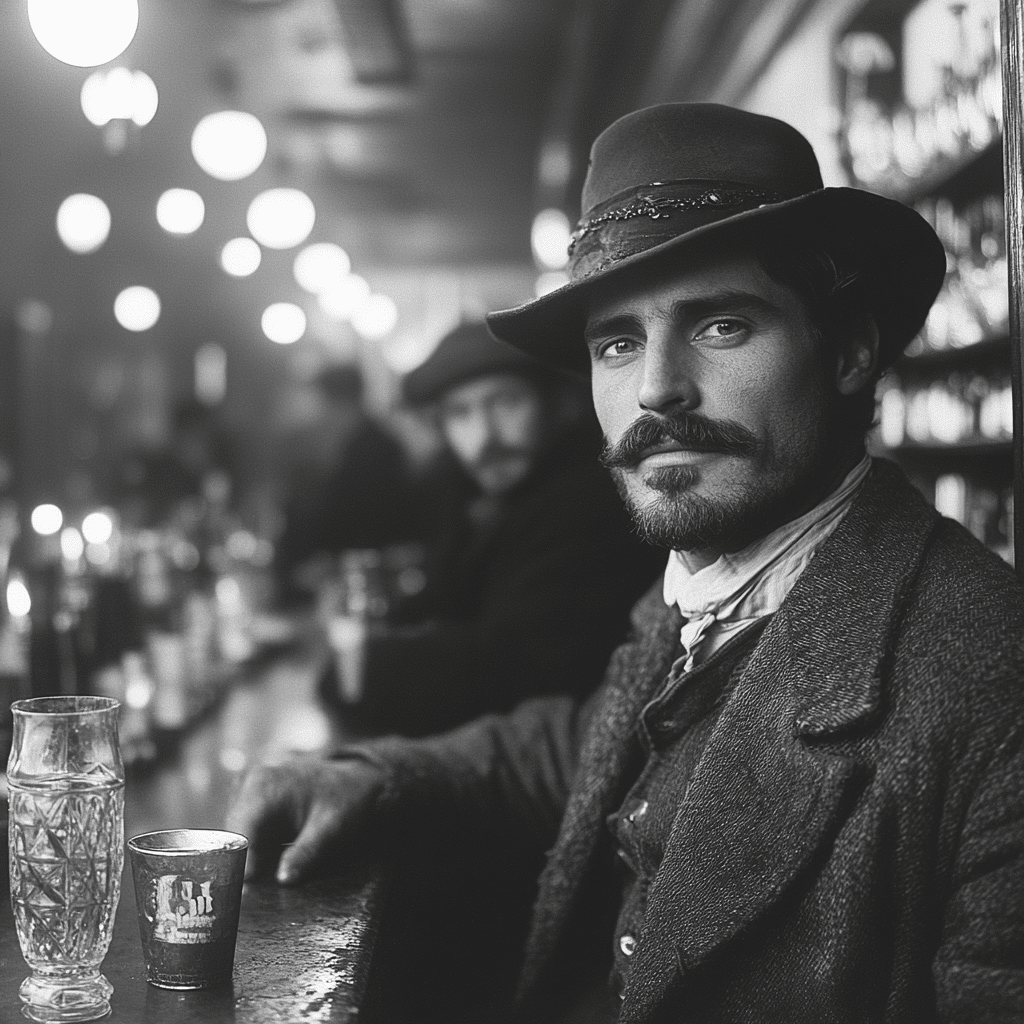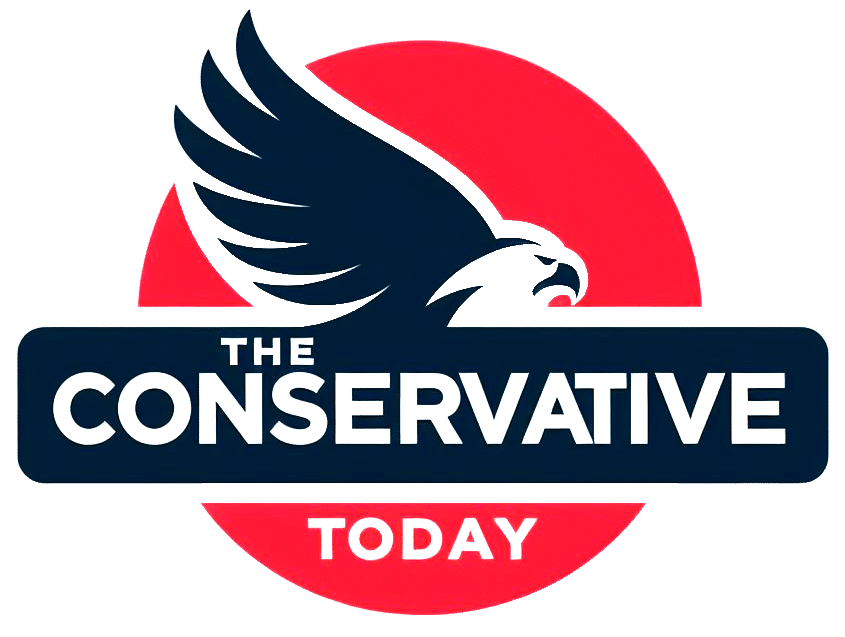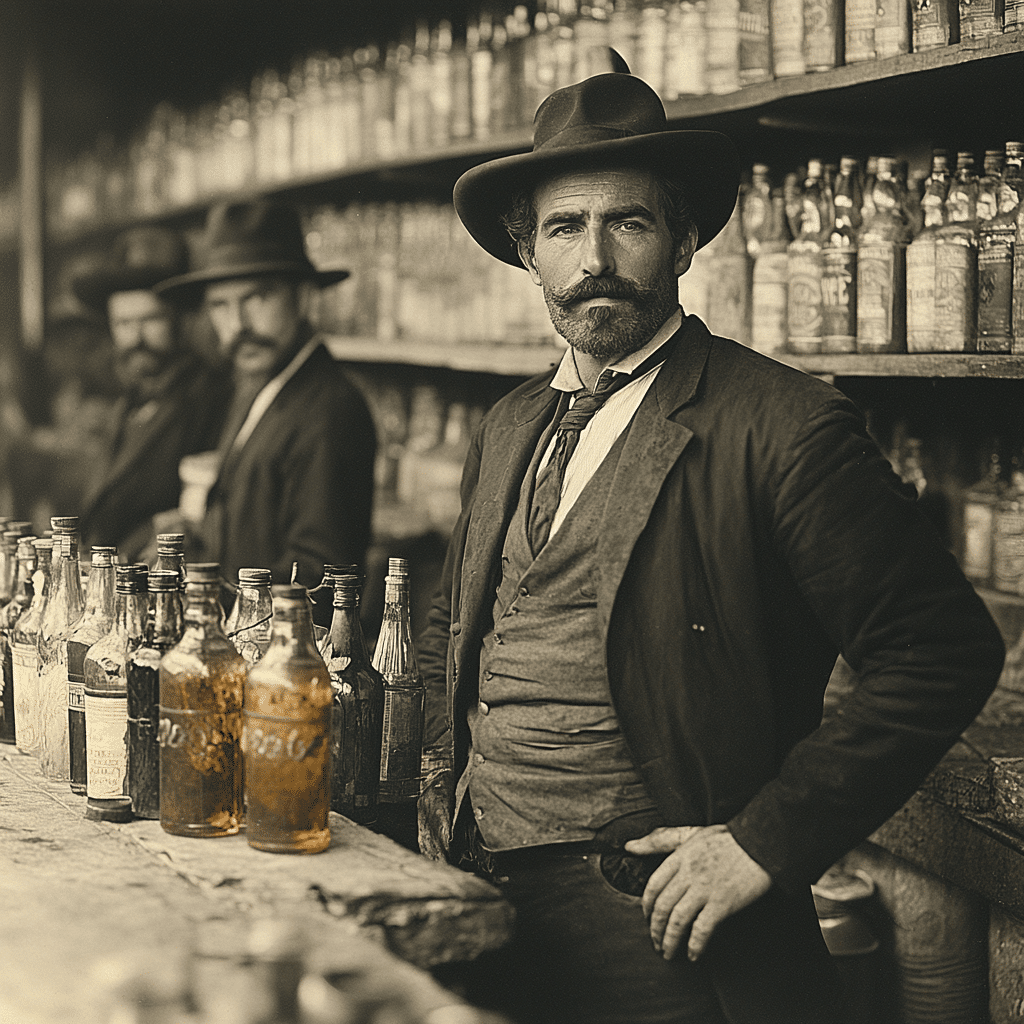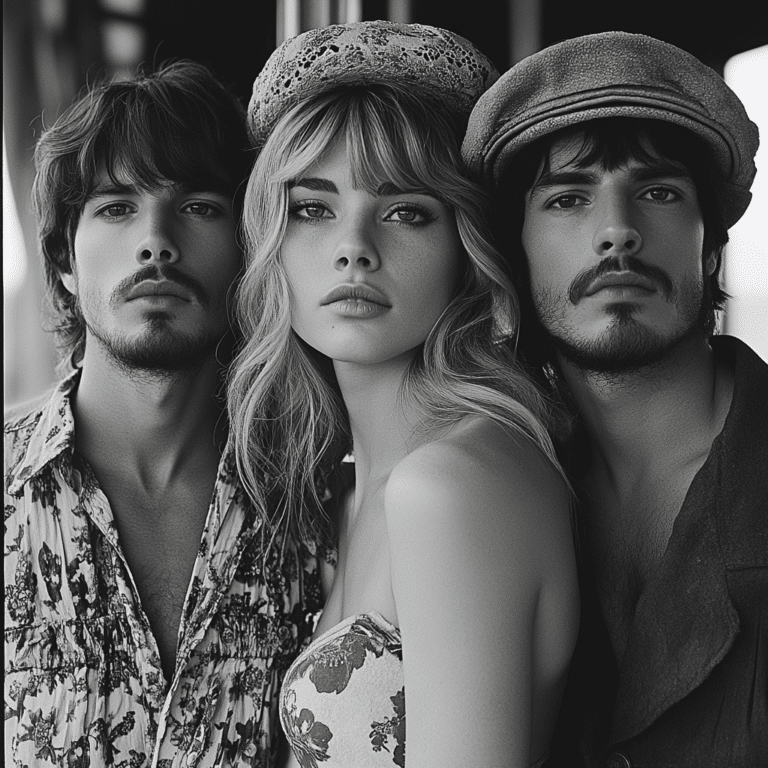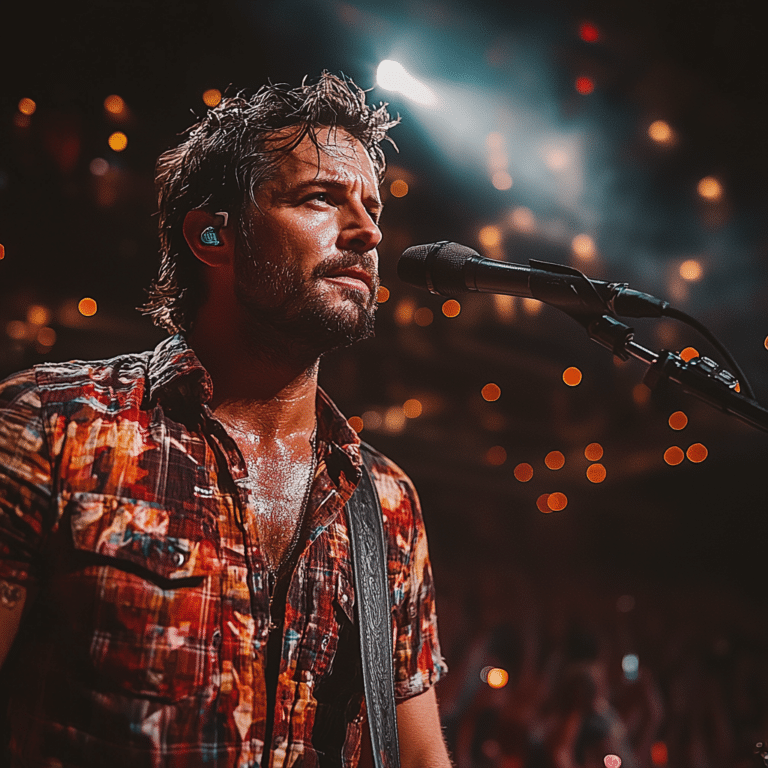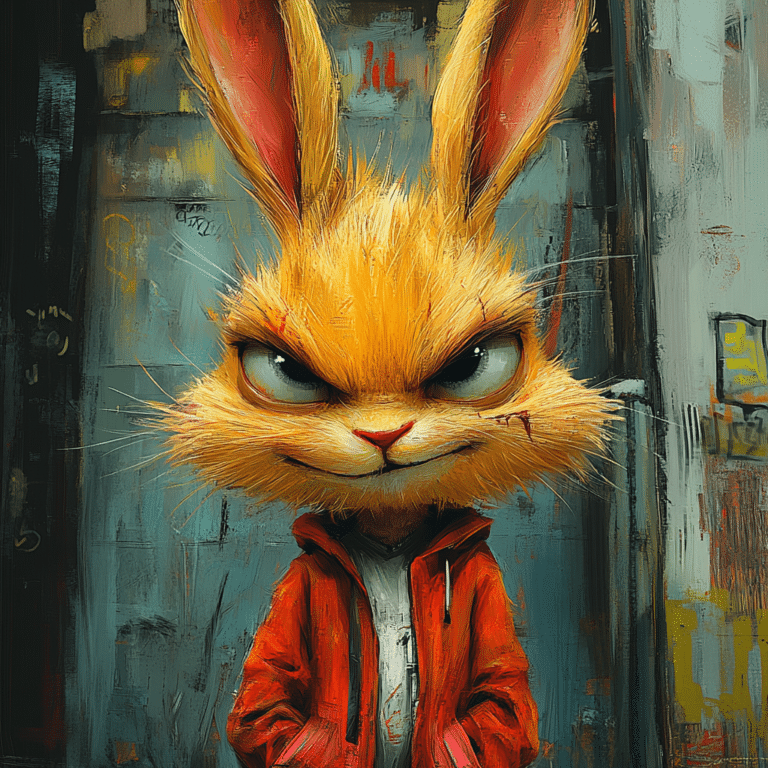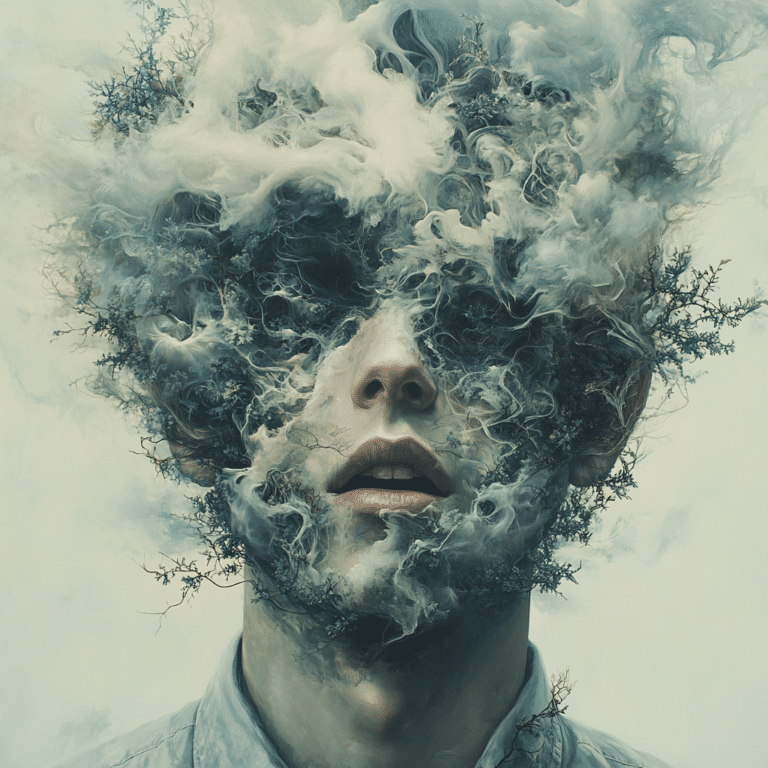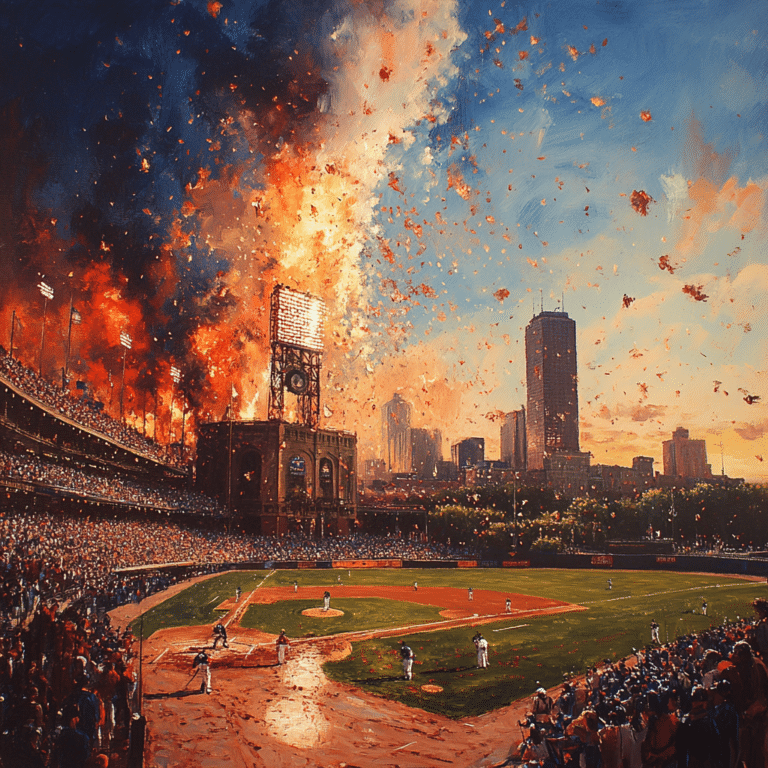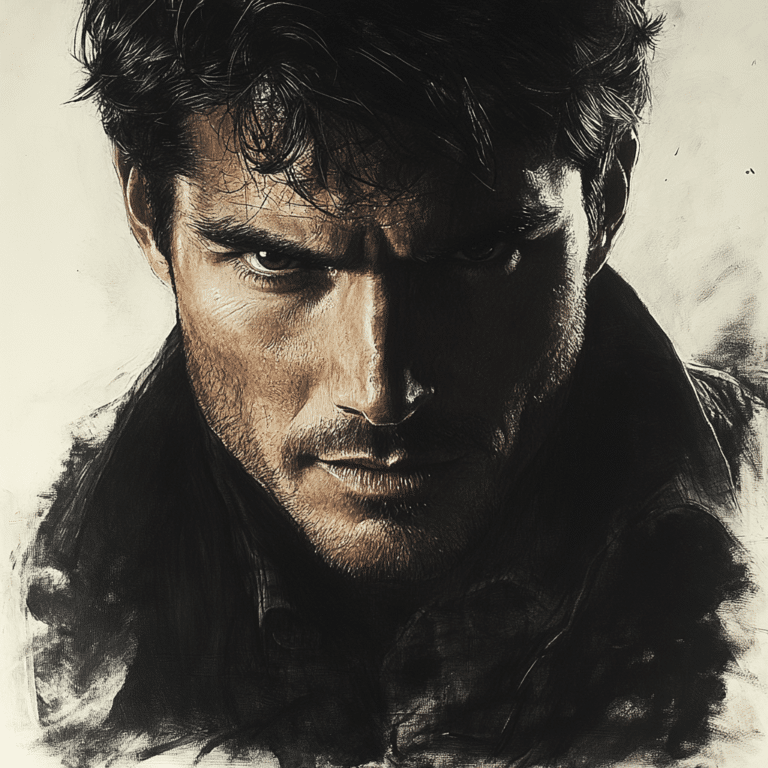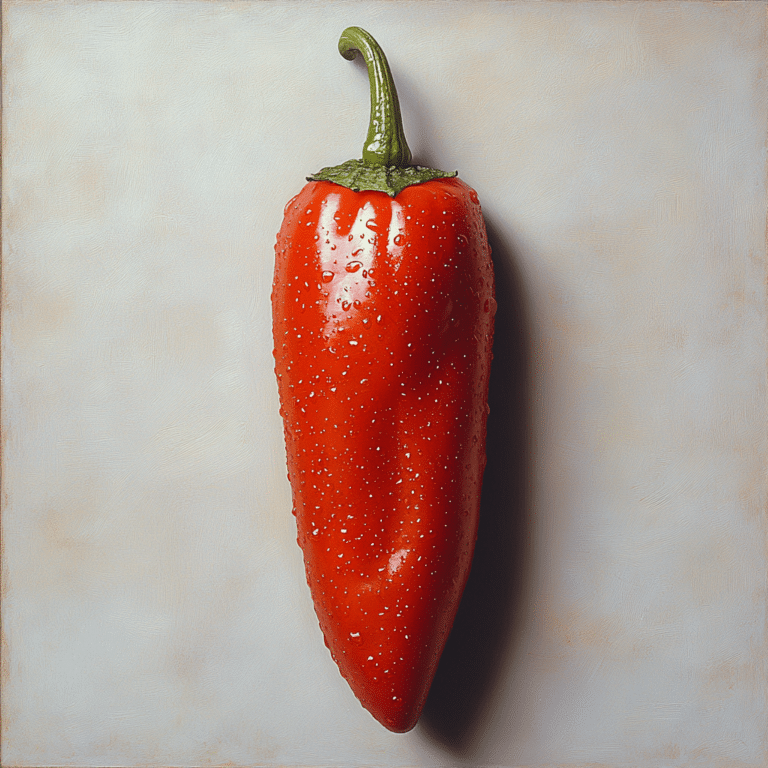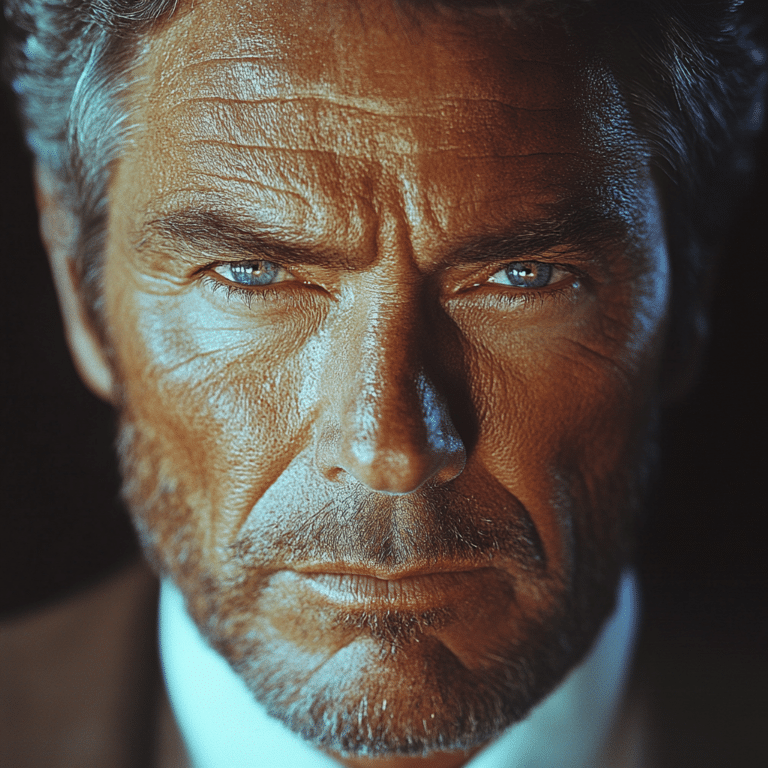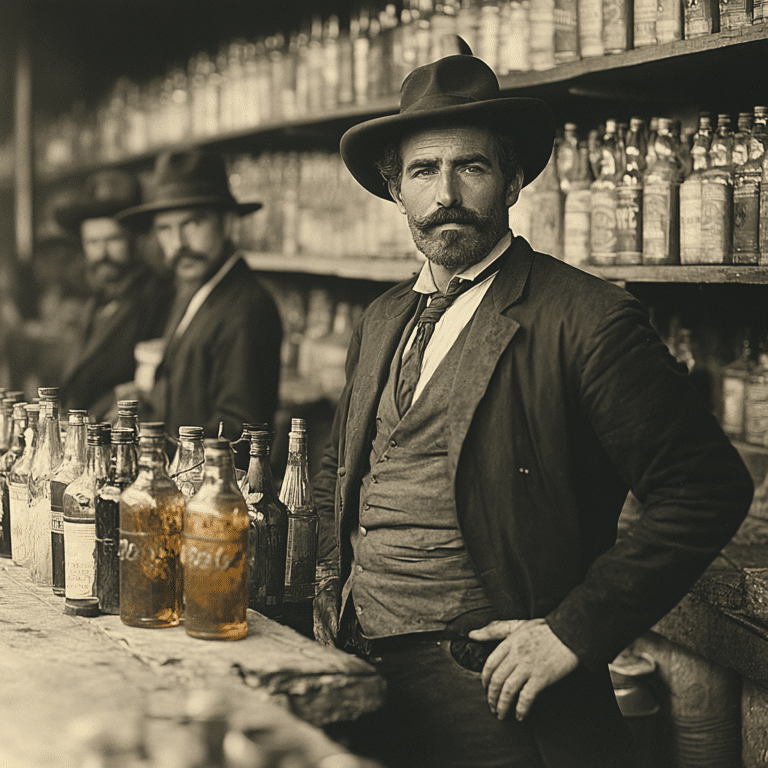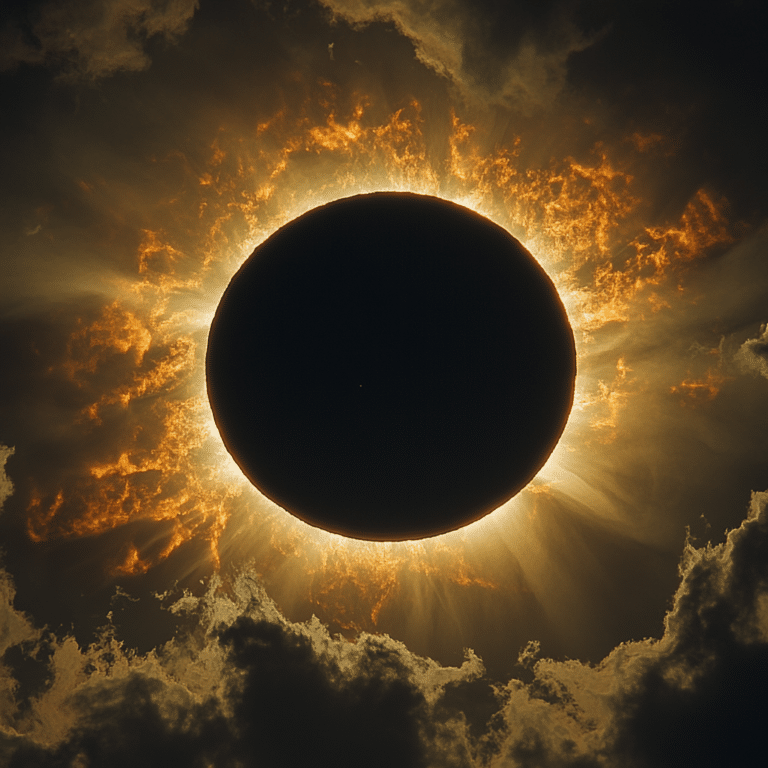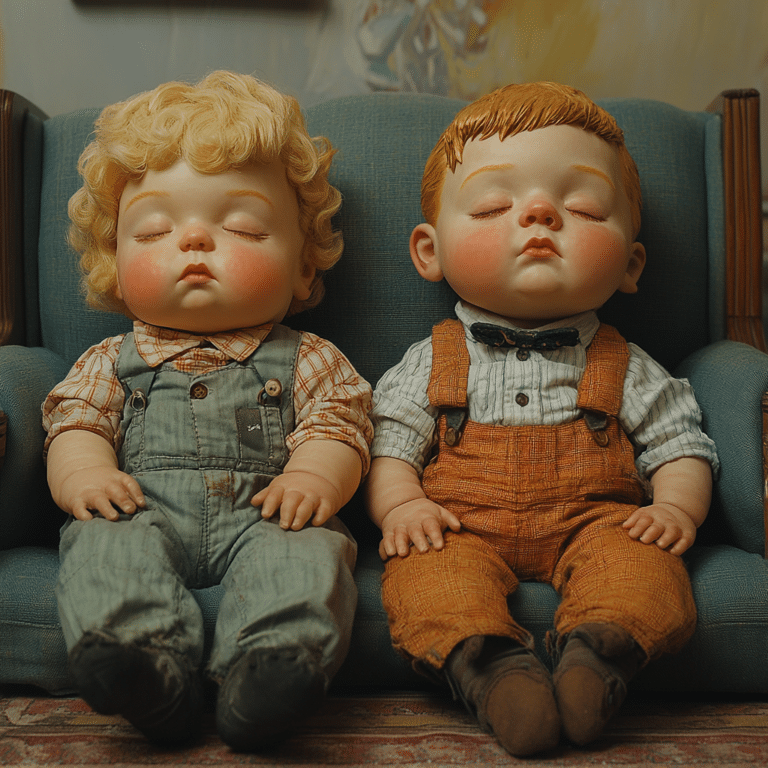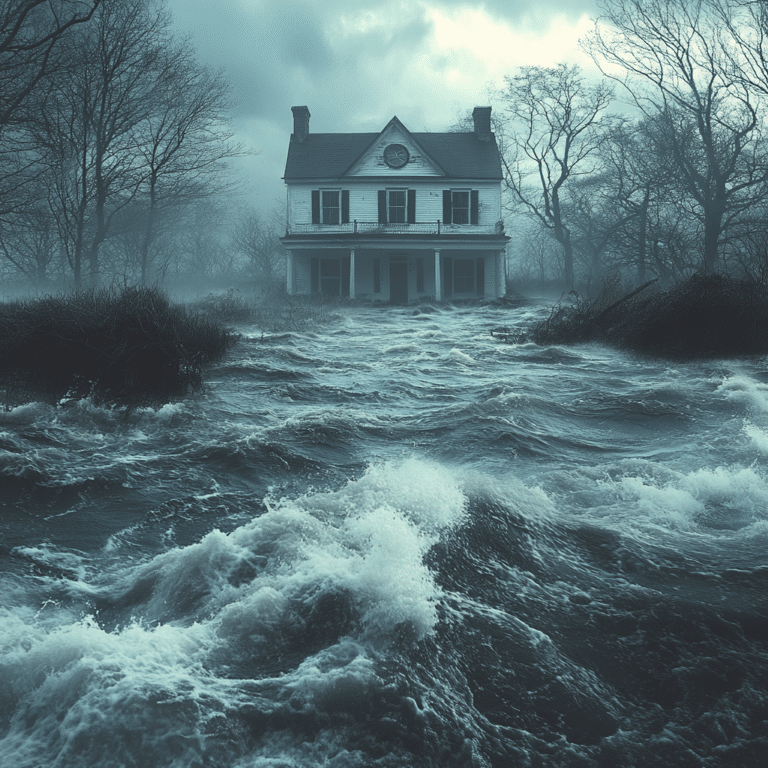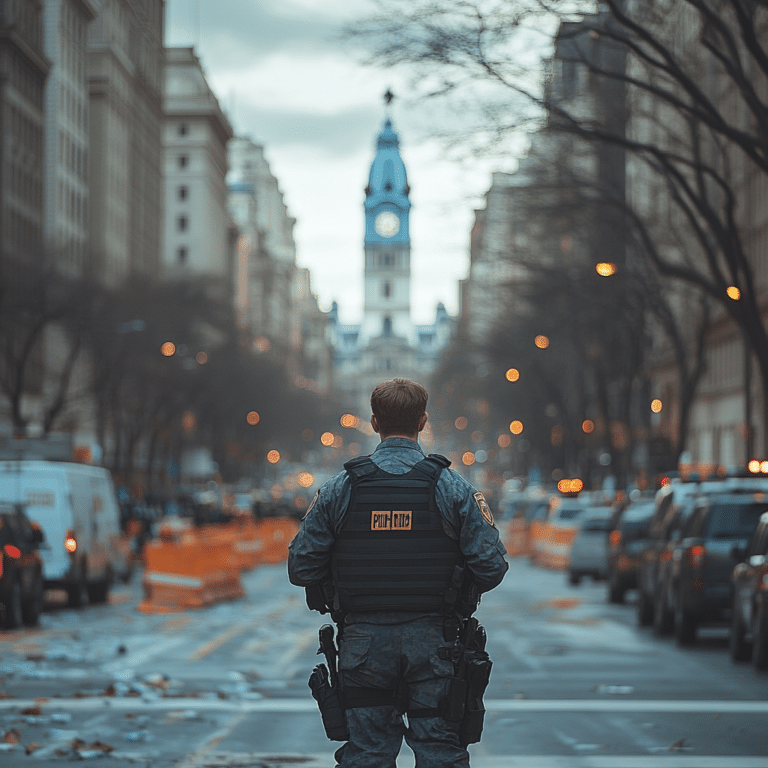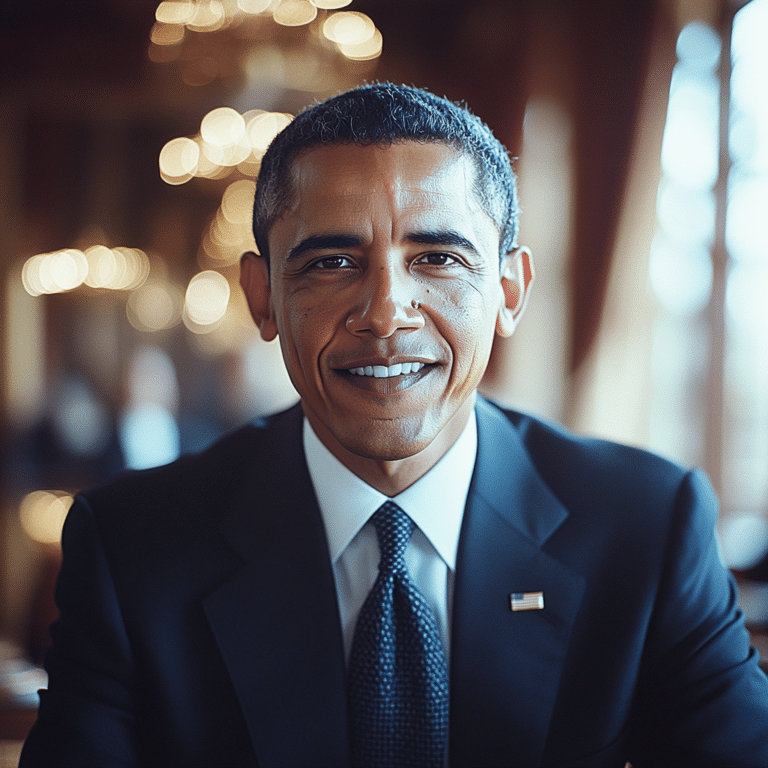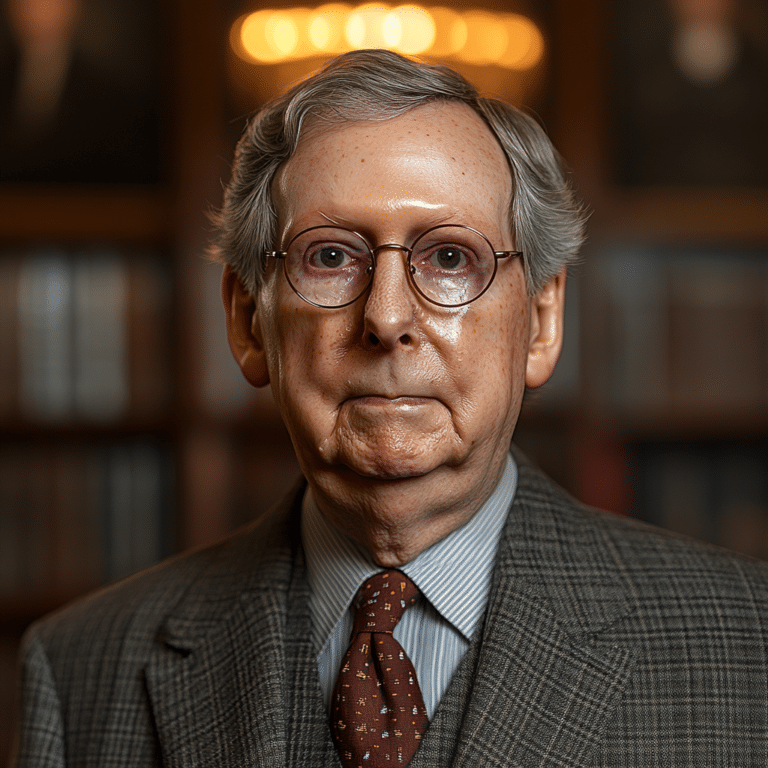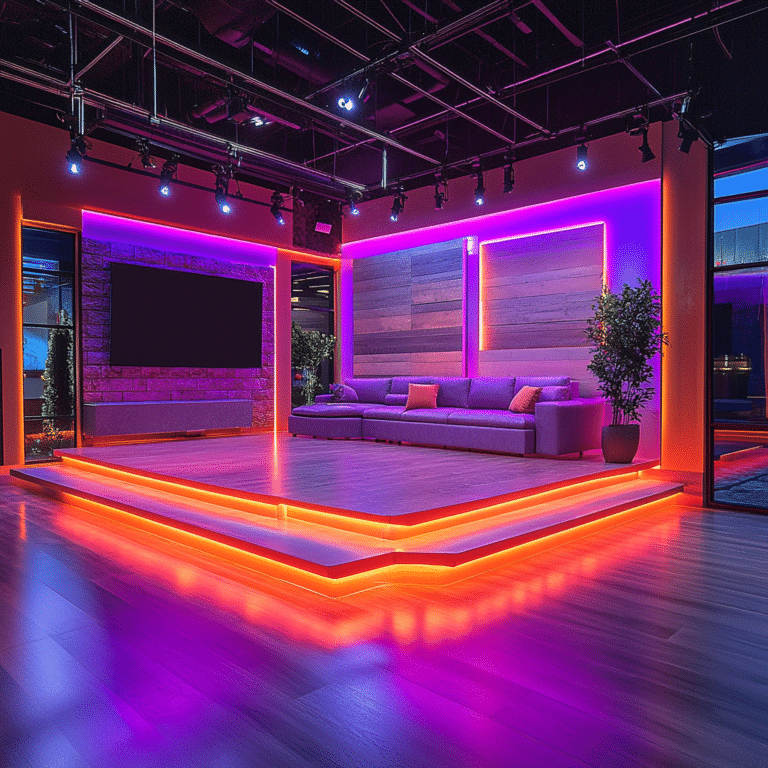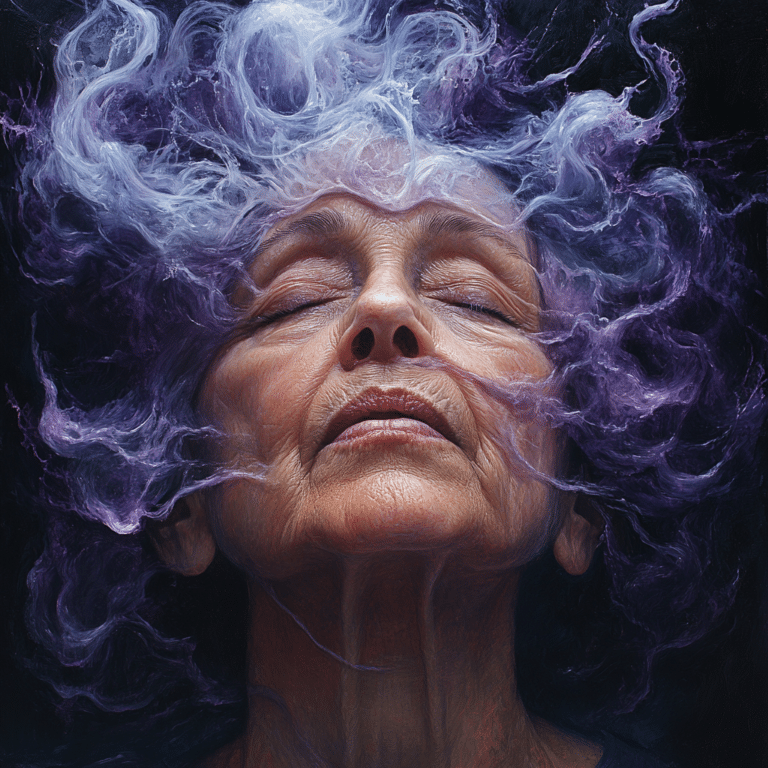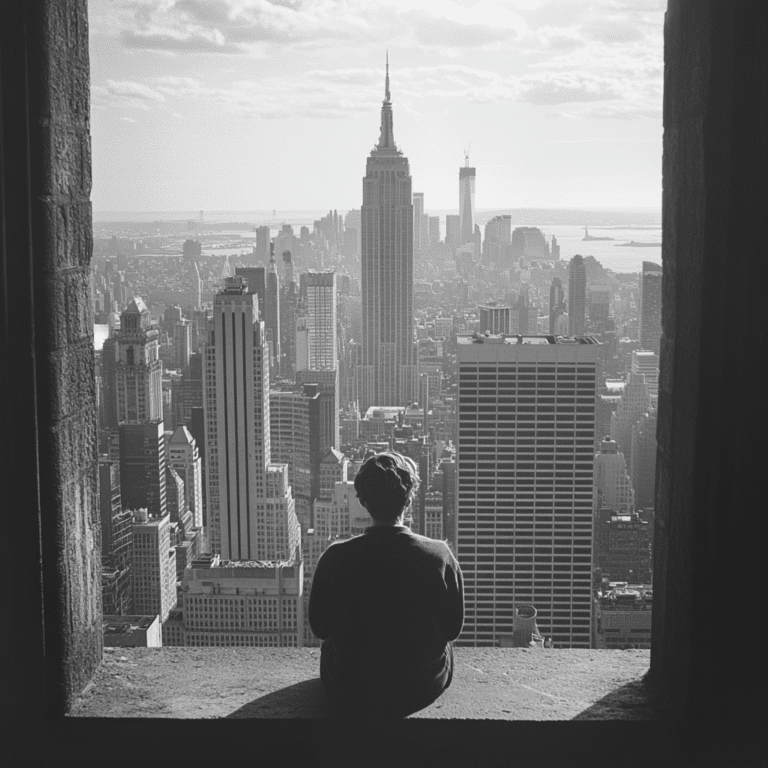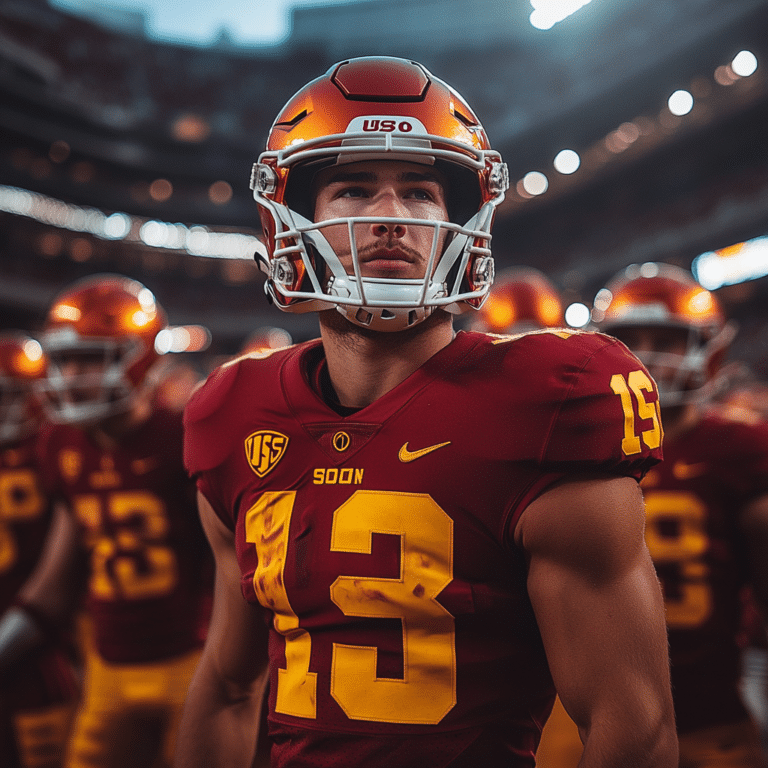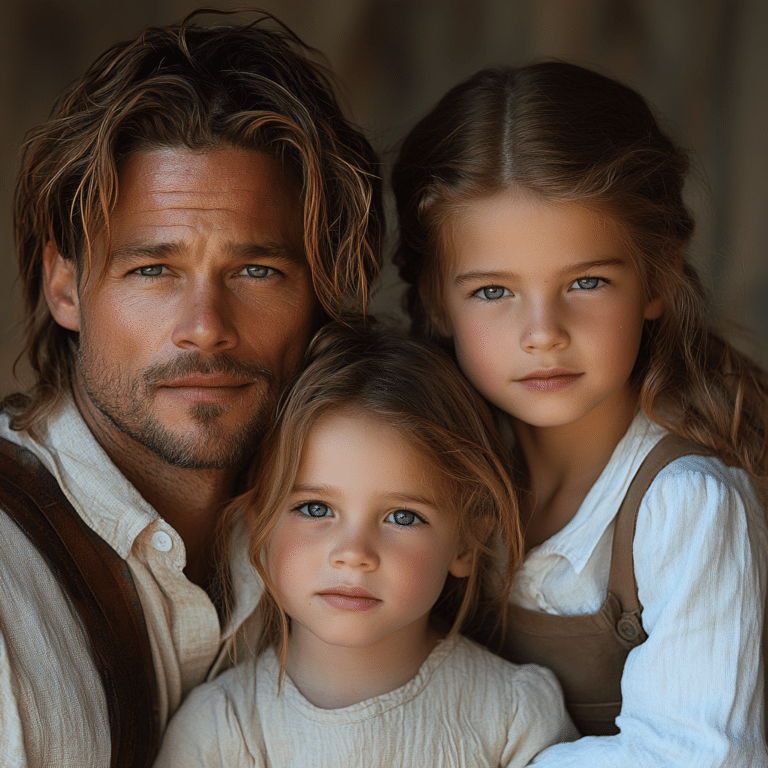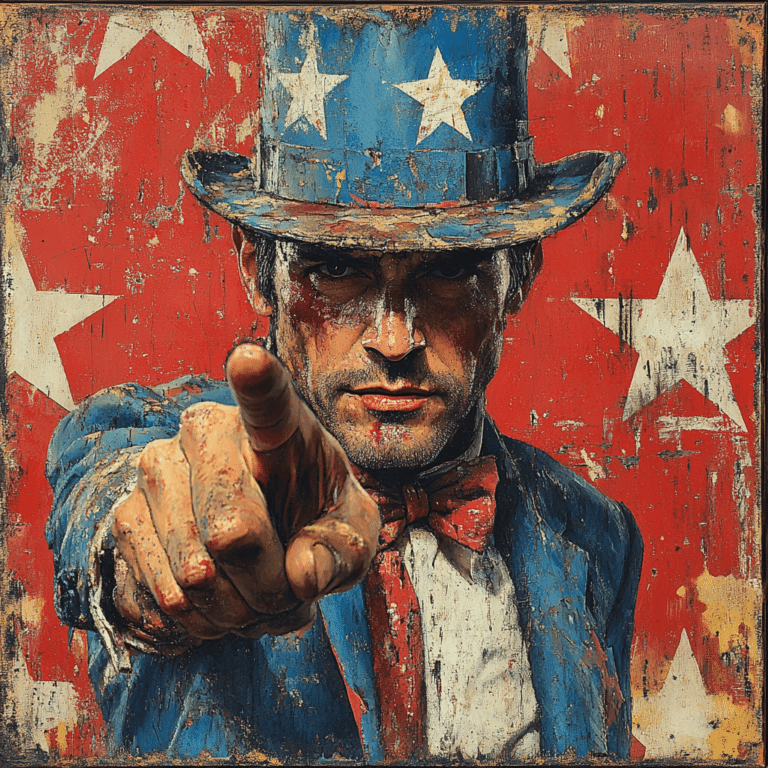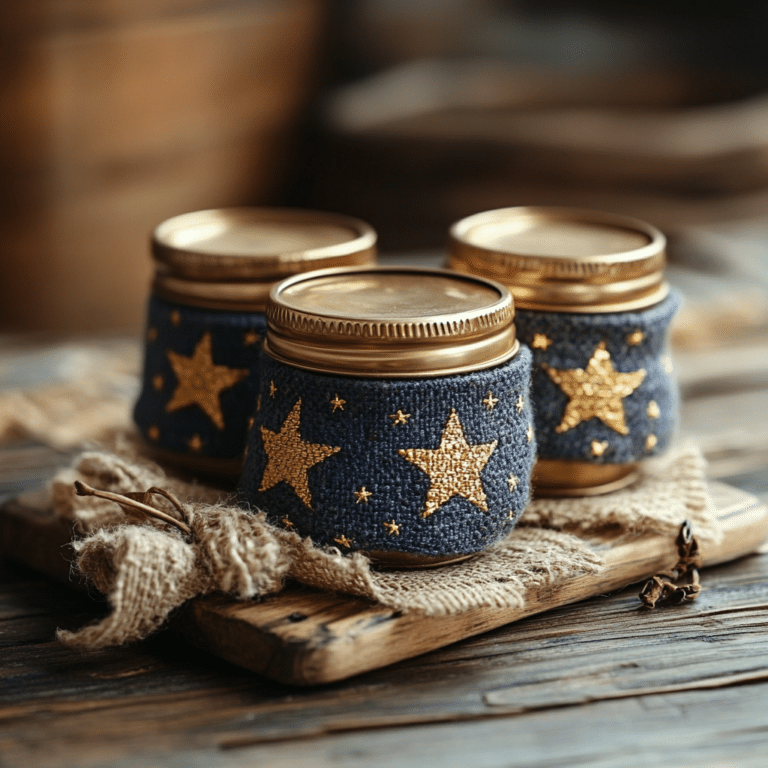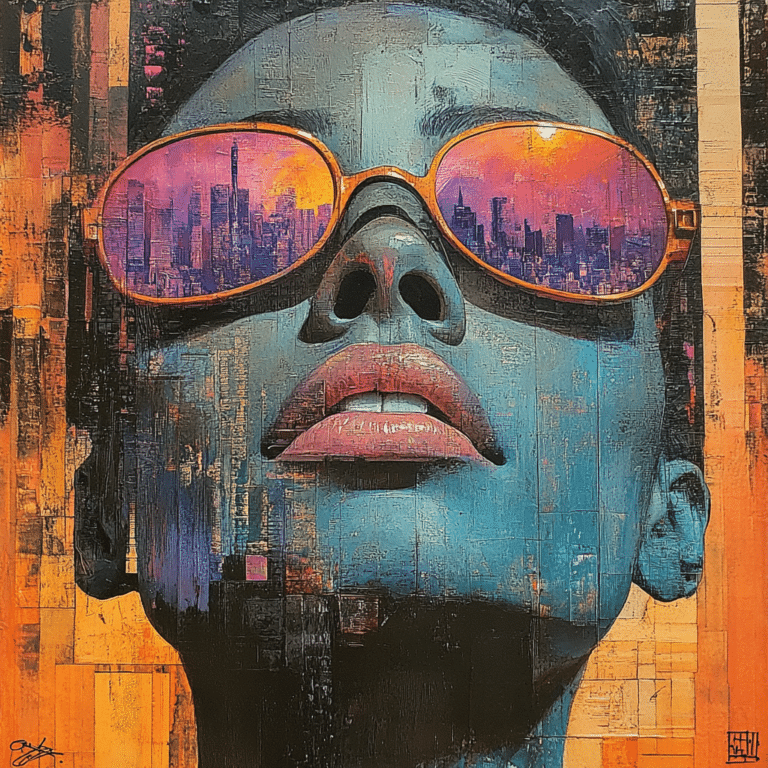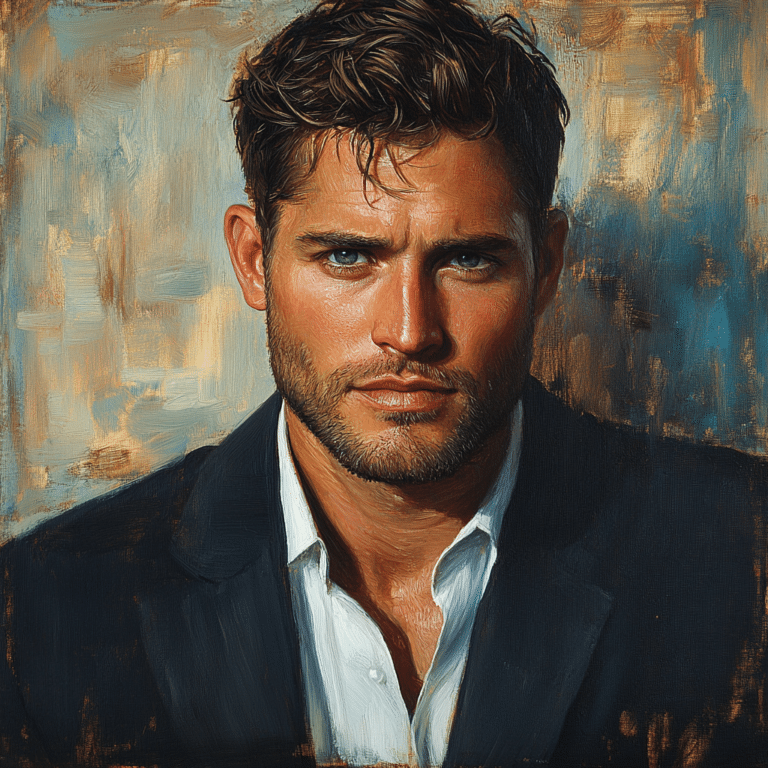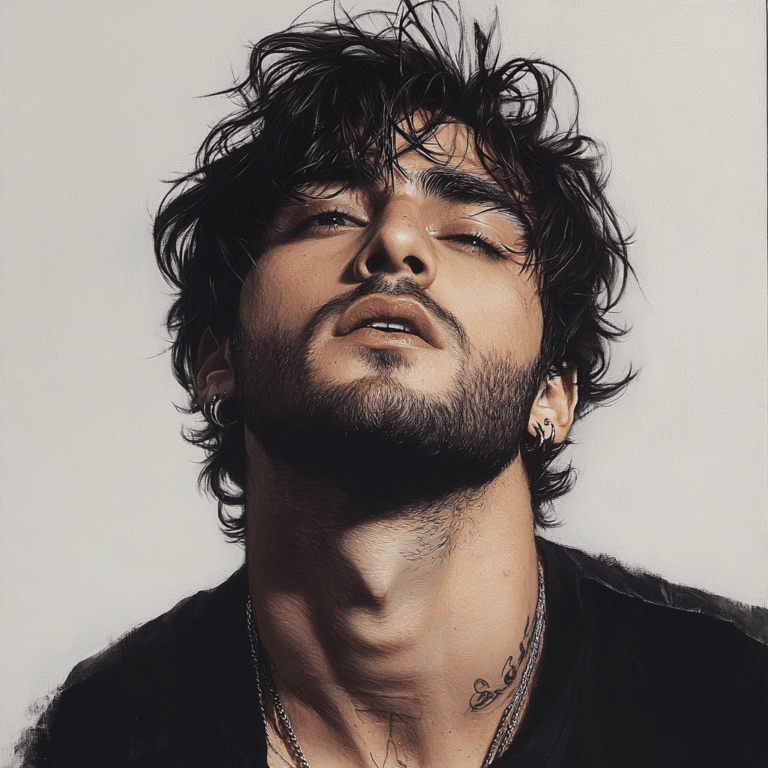Prohibition, a significant and tumultuous period in American history, lasted from 1920 to 1933. This era, defined by the 18th Amendment to the Constitution, legally restricted the production, sale, and transportation of alcoholic beverages. So why did it happen, and what were the cultural ripples it sent through society? The roots go deep, stemming from the temperance movement that emerged in the late 19th and early 20th centuries. Organizations like the Woman’s Christian Temperance Union and the Anti-Saloon League rallied for the cause, claiming that alcohol consumption brought about societal problems like poverty, crime, and family breakdown. And let’s be honest, they thought they were saving America from itself.
Key Events Leading Up to Prohibition:
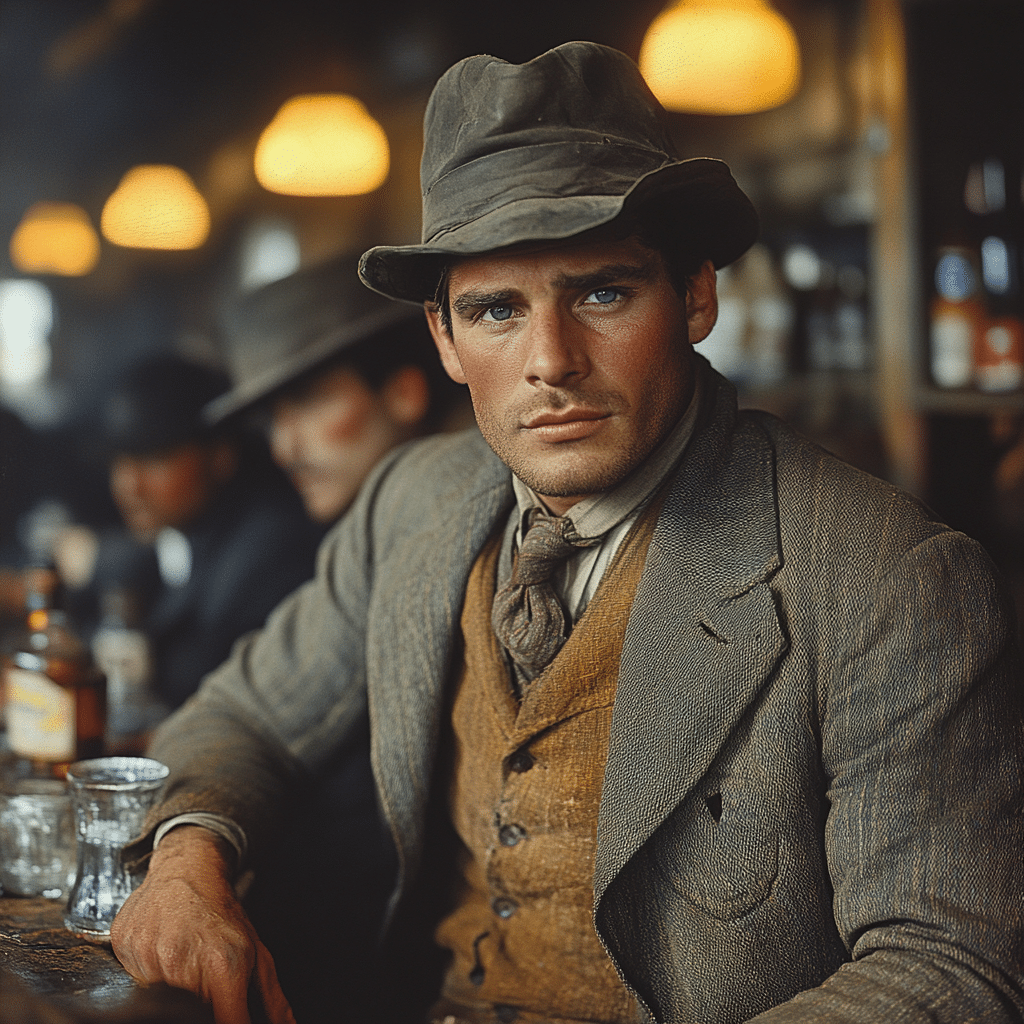
The Cultural Shifts During the Prohibition Era: 5 Lasting Impacts
Prohibition profoundly reshaped American society and unleashed cultural transformations that are still evident today. Let’s break down five key impacts.
1. Rise of Speakeasies and Bootlegging
With legal avenues for alcohol blocked, speakeasies sprouted up like weeds. These underground bars required secret passwords for entry and became symbols of rebellion. The illegal production and distribution of alcohol also flourished, with bootlegging becoming a serious cash cow for gangsters like Al Capone. This gave rise to a culture of defiance—Americans weren’t afraid to thumb their noses at the law!
2. Prohibition’s Influence on Music and Entertainment
The Roaring Twenties ushered in a vibrant jazz culture that mirrored social tensions. The sound of jazz became synonymous with liberation, and places like the Cotton Club in Harlem bloomed with famous performers including Louis Armstrong. Alcohol may have been banned, but the music brought people together, offering an emotional refuge from the frustrations of daily life.
3. Women’s Empowerment and the Flapper Movement
Let’s not forget the flapper—a true icon of women’s empowerment during Prohibition. Women began to challenge traditional gender roles, entering speakeasies and claiming their right to enjoy nightlife on equal footing. This transformation in societal expectations marked a significant change, serving as a backdrop for the eventual push for women’s suffrage.
4. The Expansion of Organized Crime
While the temperance advocates sought to create a sober society, the reality was far different. The demand for illegal alcohol fueled the rise of organized crime, marked by intense rivalry between gangs. This chaotic landscape led to horrifying violence, epitomized by events like the St. Valentine’s Day Massacre of 1929. Not only were the streets unsafe, but cities nationwide also suffered from rampant corruption.
5. The Reevaluation of Alcohol Culture
By the time Prohibition ended in 1933 with the 21st Amendment repeal, many Americans reassessed their relationship with alcohol. The stigma that surrounded drinking began to dissolve, leading to a more balanced understanding of alcohol in society. Major brands like Anheuser-Busch reemerged stronger than ever, marking a significant shift in public perception.
Why Do Americans Still Discuss Prohibition Today?
Fast-forward to the decades after Prohibition’s end, and it’s evident that its ripple effects are still felt. Political conversations often evoke Prohibition, especially in discussions about the legalization of marijuana. It raises the question—how old is Biden in comparison to Trump? The answers often hinge on past experiences that shape perspectives on substance use.
Similarly, the music industry still reflects conversations about alcohol culture. Figures like Usher, who continues to be pertinent in today’s culture, echo the trends in music once influenced by the Prohibition era. It’s fascinating how different generations grapple with these issues, and we start wondering—how old is Cher, really?
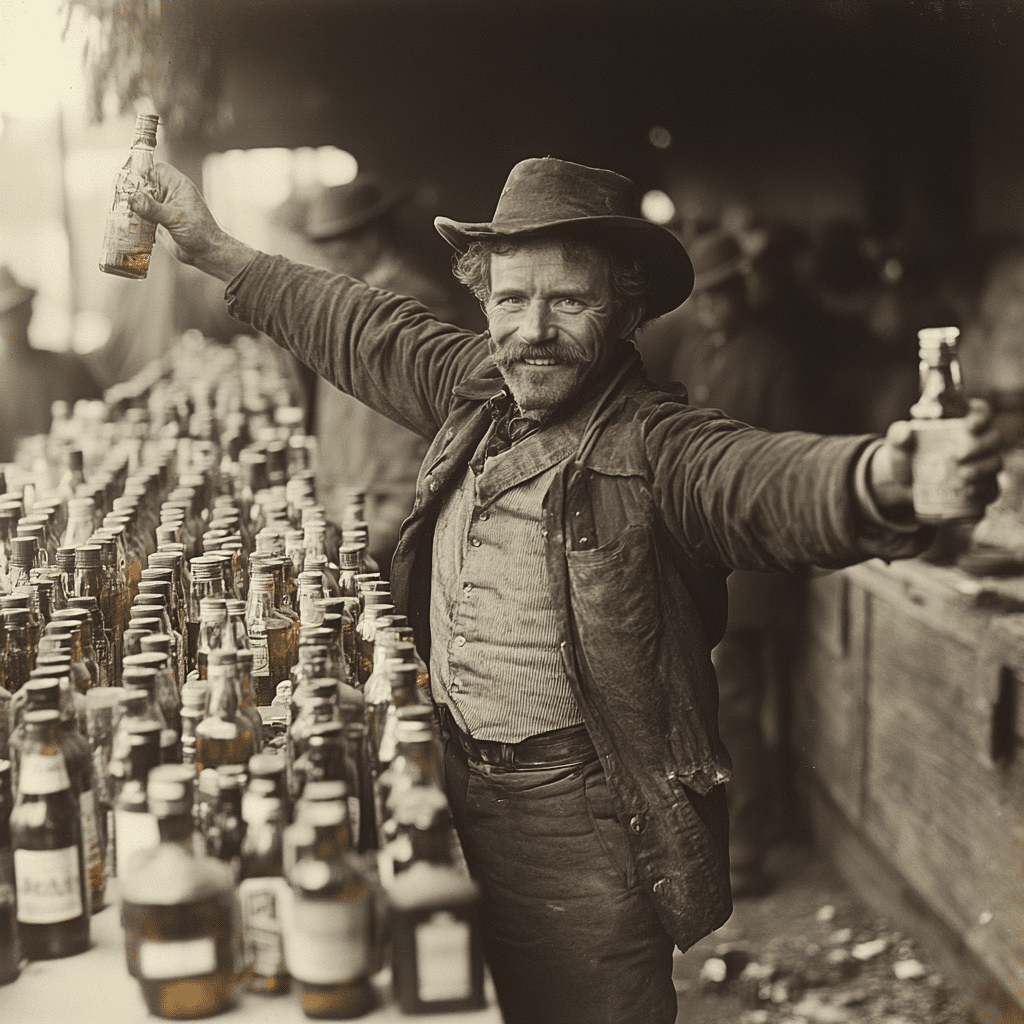
The Impact of Prohibition on America’s Future
The legacy of Prohibition remains a powerful lens through which to view contemporary debates about drug and alcohol regulations. One can’t help but juxtapose historical figures against today’s leaders. For instance, just how tall is Trump compared to the emerging political landscape?
Ultimately, Prohibition serves as a cautionary tale about government overreach into personal freedoms. The failure of this nationwide ban has fueled ongoing debates about individual rights and personal accountability—issues that remain central in today’s conservative discourse.
Reflecting Back: A Legacy Beyond the Bottle
In summary, Prohibition represents far more than just a failed piece of legislation; it was a cultural upheaval that exposed deep-seated issues in American society. Its legacy can still be found in conversations about music, crime, and gender roles. As we navigate the complexities of modern America, reflecting on how Prohibition shaped our past may very well illuminate our future. Lessons from this turbulent era inform our understanding of personal freedoms and governmental responsibility today, fostering spirited discussions that keep conservative values alive and well.
When Was Prohibition?
Prohibition in the United States lasted from January 17, 1920, to December 5, 1933. This period marked a drastic shift in American culture, as it was when the production, sale, and transportation of alcohol were banned. Can you imagine a time when bars had to shut their doors, and speakeasies emerged in hidden corners? It led some to get creative, sneaking in homemade wines or bootlegging spirits. Surprisingly, similar creative solutions popped up in various media, much like how Adria Arjona’s roles have shown innovation and resilience in her projects, showcasing how art and culture adapt to societal changes.
The Cultural Impact of Prohibition
When we think about what happened during Prohibition, it’s essential to recognize how deeply it impacted American society. Law enforcement faced challenges, including the rise of organized crime, which often overshadowed the efforts of local lawmen — somewhat reminiscent of the legendary Texas Rangers who took on lawlessness in their own era. The arts flourished during this time, with jazz musicians and writers capturing the spirit of rebellion. Interestingly, just like a Luke Bryan concert brings people together for a good time today, the speakeasies cultivated camaraderie and excitement, drawing people from all walks of life into secretive gatherings.
End of Prohibition and Its Legacy
On December 5, 1933, the 21st Amendment finally repealed Prohibition, allowing Americans to enjoy alcohol legally again. This reversal didn’t just symbolize a return to old habits; it created a lasting shift in how we view drinking in society. It served as a cultural lesson, paving the way for modern perspectives on alcohol consumption. Similarly, the joyous memories created during watch parties for teams like the Green Bay Packers today echo the gatherings of the Prohibition era. Just as these moments bring a sense of community, so did the underground parties of the Roaring Twenties, forever etching the legacy of Prohibition in American culture. So, when was Prohibition? It wasn’t just a ban; it was an era that shaped music, literature, and even sports, making it a fascinating chapter in the ongoing story of America.
